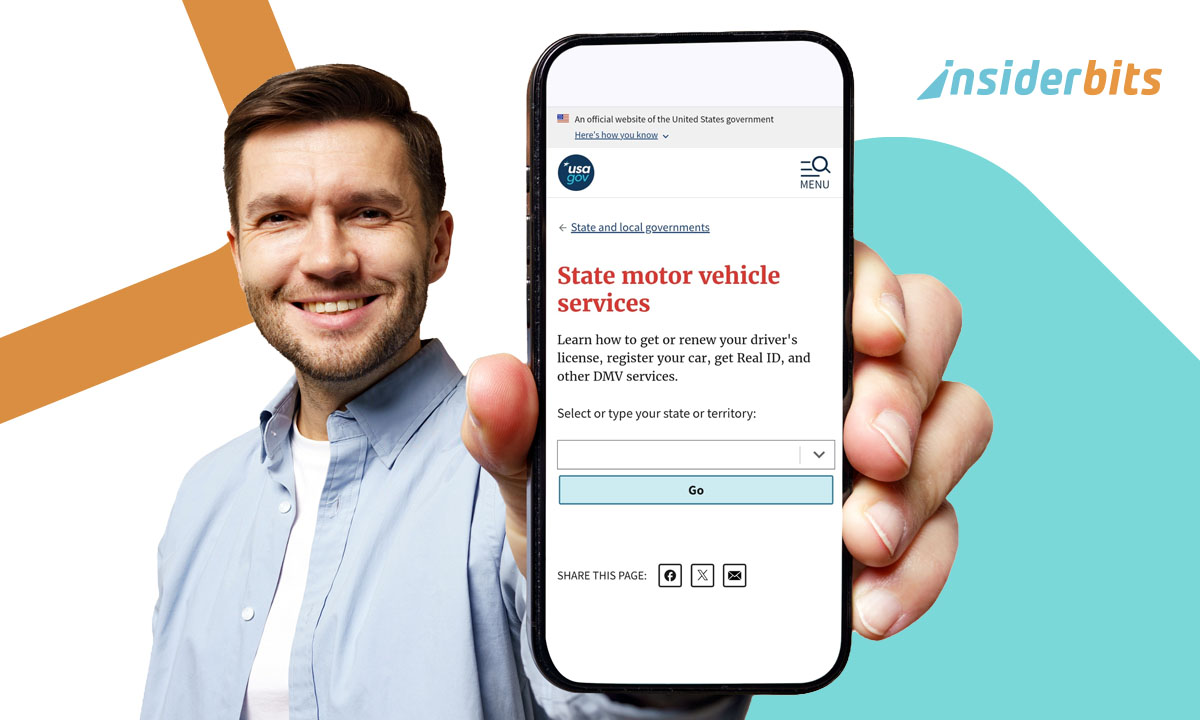Your neighbor’s midnight drum practice feels like it’s breaking noise regulations, but is it actually dangerous for your ears or just really, really annoying? And what about that construction site outside your office—should you be wearing earplugs or just complaining louder? Your phone can now answer these questions with decibel meter apps that turn you into an instant noise detective.
These apps don’t just check noise levels, but tell you when to worry (or when to call the landlord). Whether you’re dealing with rowdy roommates, assessing workplace safety, or just curious how loud your blender really is, these tools put hard numbers to what your eardrums already know: some environments are way too loud.
- Die besten Apps zur Geräuschunterdrückung für Konzentration und Produktivität
- The Best White Noise Apps for Relaxation and Sleep
- Silent Travel: How Noise-Canceling Tech is Revolutionizing Trips
How to check noise levels with your phone
Modern smartphones come equipped with surprisingly capable microphones—good enough to give you reliable ballpark readings of environmental noise.
While they won’t replace professional-grade sound meters for precise measurements, they’re perfect for identifying problematic noise levels at home, work, or in your neighborhood.
First, calibration matters. Many quality sound measurement apps will ask you to test against a known quiet environment (like a closet or soundproofed room) to establish baseline accuracy.
This step helps account for your specific device’s microphone characteristics and ambient electronic noise.
How you hold your phone significantly affects readings. Keep it at arm’s length from your body to avoid picking up interference from your breathing or movements—yes, even these subtle sounds can distort your measurements.
Position the microphone (usually at the bottom of your phone) facing the noise source you want to measure.
When taking readings, be mindful of sudden spikes. A slammed door or passing car horn can temporarily skew your averages.
For accurate results, look at sustained readings over at least 30 seconds rather than momentary peaks.
Some advanced apps even provide frequency analysis, showing which sound frequencies dominate (like rumbling bass versus piercing high tones).
This explains why some noises feel particularly annoying even at moderate decibel levels.
For workplace or legal documentation, take multiple measurements at different times of day. Consistent high readings carry more weight than a single snapshot.
Many apps allow you to save or export these measurements as evidence if you need to file noise complaints.
Remember that while phone apps are convenient, they have limitations. Built-in smartphone microphones typically max out around 90-100 dB accurately, and may compress very loud sounds.
For professional applications or extreme noise levels, consider investing in a dedicated decibel meter.
As Victorian Hearing notes, phone mics max out around 100 dB—enough to gauge most everyday hazards.
Best decibel meter apps for home and work
Sometimes you need cold, hard proof that some noise levels are actually criminal. Enter these decibel meter apps, because “trust me, it’s loud” won’t hold up in court.
Decibel X
The gold standard for mobile sound measurement, Decibel X Angebote:
- Professional-grade displays with real-time graphs;
- Calibrated modes for different environments (outdoor vs. indoor acoustics);
- OSHA/WHO safety limits built right into the interface;
- Verfügbar für Android und iOS.
4.6/5
Sound Meter
Diese no-frills option focuses on essentials:
- Continuous logging to track noise over time;
- Min/max alerts when levels hit your preset thresholds;
- Exportable reports (handy for workplace complaints);
- Verfügbar für Android.
4.4/5
Sound Meter: dB Measurement
iOS users looking for a straightforward decibel meter will appreciate this app’s clean design and reliable readings.
While not as feature-rich as Decibel X, it provides accurate real-time measurements and historical data tracking, making it a solid choice for quick noise assessments.
4.3/5
Protect your hearing: safe noise thresholds
Those “this is fine” memes don’t apply to your eardrums. Noise-induced hearing loss is sneaky—it creeps up without dramatic warnings, and by the time you notice, the damage is often permanent.
Here’s what you need to know to keep your ears safe in an increasingly loud world.
Key limits to remember:
- 85 dB: max safe exposure for 8 hours (think heavy traffic or a noisy restaurant);
- 100 dB: damage can start in just 15 minutes (common with motorcycles, power tools, or blenders—yes, even your morning smoothie ritual could be a threat);
- 110+ dB: risk begins in seconds (live concerts, sirens, or that one friend who always shouts over music).
Die WHO’s guidelines show why this matters—48% of hearing loss is preventable with proper noise control.
How accurate are phone-based noise meters?
Good news: studies show smartphones get within ±2 dB of professional devices in mid-range frequencies (250 Hz–8 kHz). But beware:
- Low bass (like subwoofers) often reads lower than reality;
- Very high pitches (dog whistles, glass breaks) may not register;
- Case interference: Thick phone cases can muffle readings slightly.
Healthy Hearing confirms apps work best for spotting hazards, not courtroom-grade evidence.
For chronic noise issues (looking at you, upstairs neighbor), pair these with our noise-canceling app guide. Because sometimes you need both measurement und mitigation.
Final thoughts
These apps won’t silence construction crews or make your roommate’s band sound good—but they’ll tell you exactly when to walk away or break out the earplugs.
And in a world that keeps getting louder, that’s power worth having in your pocket.




